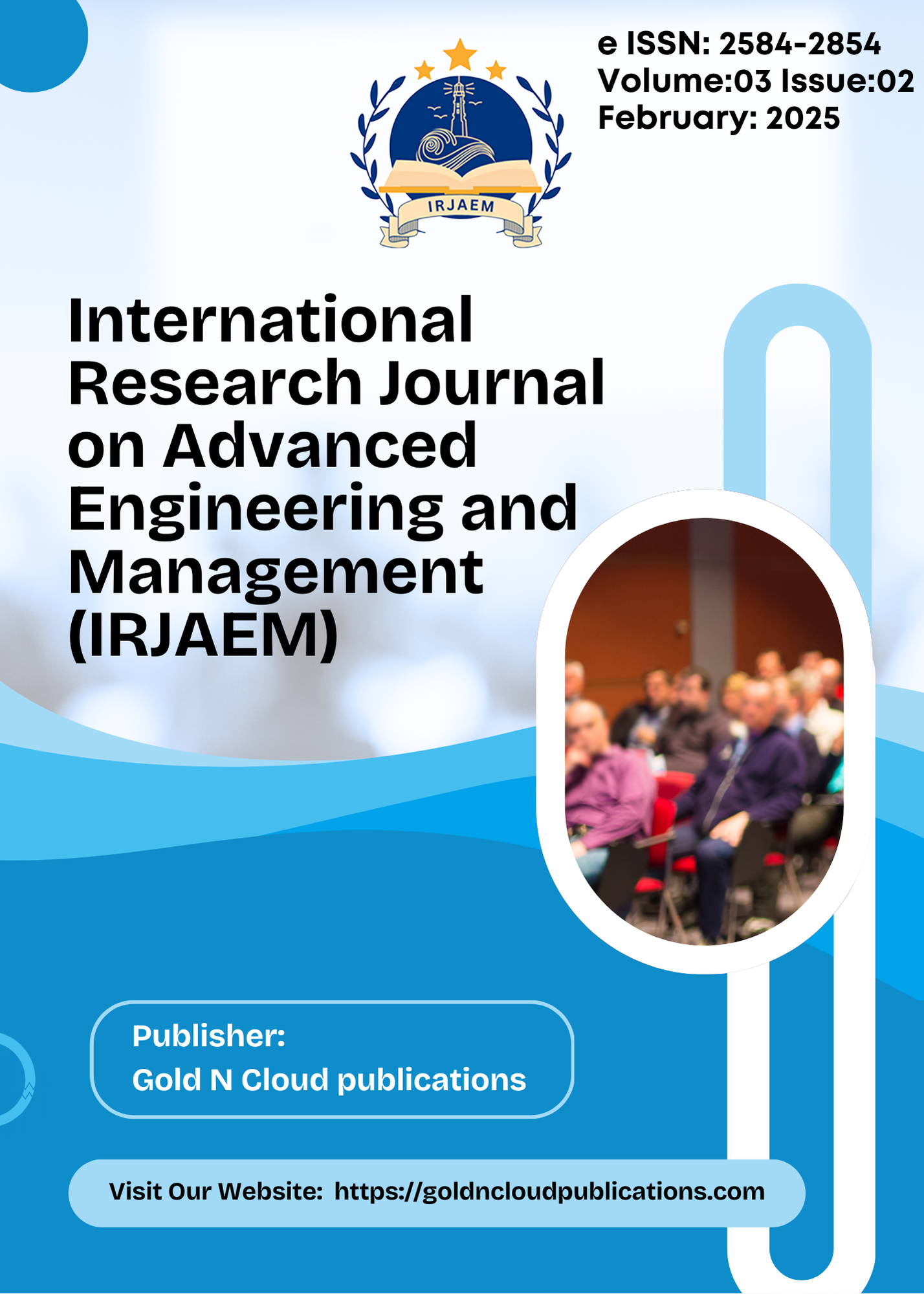Navie Bayes Classifier with ECG Data
DOI:
https://doi.org/10.47392/IRJAEM.2025.0049Keywords:
Healthcare, Machine Learning, ROC Curves, Confusion Matrix, MIT-BIH Arrhythmia Dataset, Gaussian Naive Bayes, ECG Signal ClassificationAbstract
This study investigates the application of the Gaussian Naive Bayes (GNB) algorithm for classifying electrocardiogram (ECG) signals using the MIT-BIH Arrhythmia dataset. The research encompasses dataset preprocessing, GNB model training, and performance evaluation through metrics such as accuracy, precision, recall, and F1-score. Results are visualized using confusion matrices and receiver operating characteristic (ROC) curves, highlighting the model's ability to differentiate between normal and abnormal heartbeats. Findings indicate that while the GNB model performs well in identifying normal heartbeats, it struggles to classify rare categories of abnormal cases, revealing opportunities for enhancement. Recommendations for future work include exploring advanced algorithms, feature engineering methods, and real-time monitoring systems to improve classification accuracy and applicability in the healthcare domain. This study demonstrates the potential of machine learning in automating ECG signal classification, offering a cost-effective and efficient solution for early detection of cardiac abnormalities.
Downloads
Downloads
Published
Issue
Section
License
Copyright (c) 2025 International Research Journal on Advanced Engineering and Management (IRJAEM)

This work is licensed under a Creative Commons Attribution-NonCommercial 4.0 International License.


 .
. 